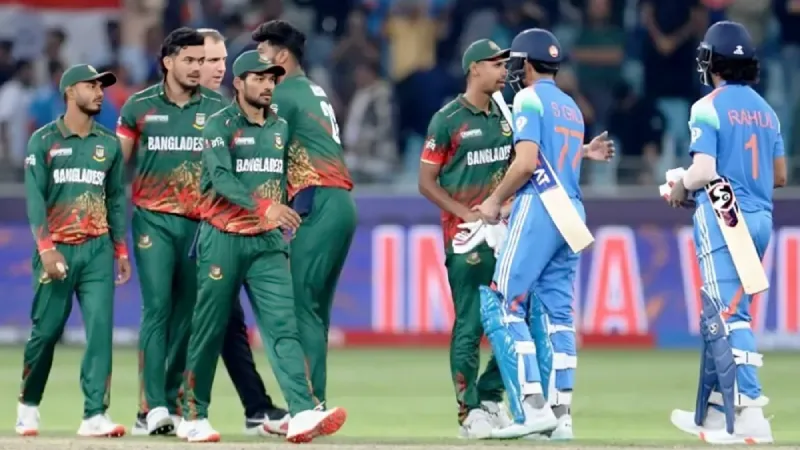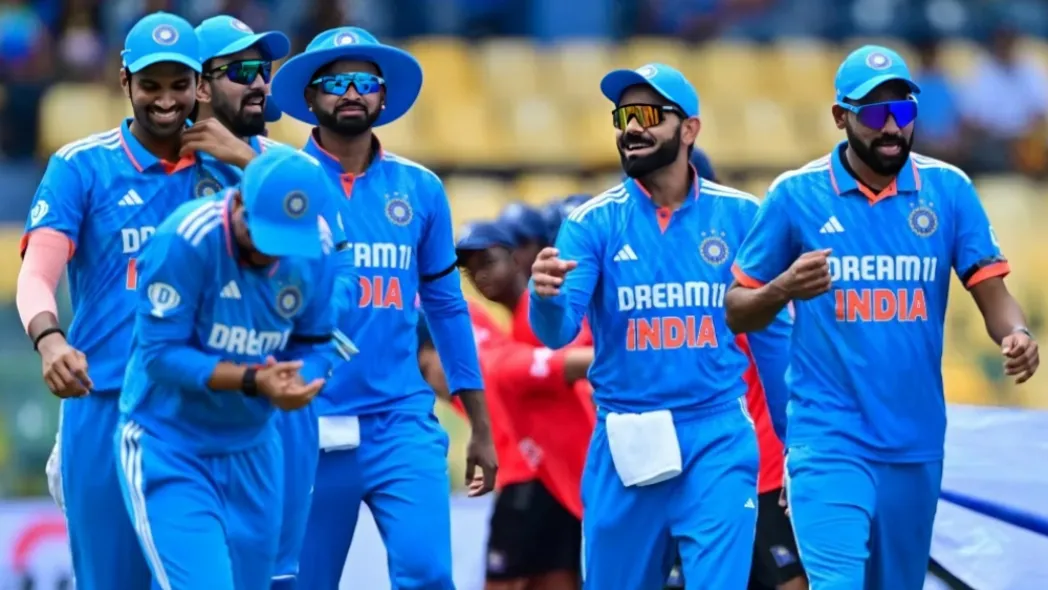Imagine being the unfortunate player to score five centuries in a Test match, and still being on the losing side. It seems almost too cruel to be true, right? Well, this is exactly what happened to India in the most recent first Test against England at Headingley. This isn’t merely an oddity in cricket history—it is unprecedented in over 63,000 first-class matches all around the world! Can a team lose a Test despite having five players reach three figures in the same innings? Let’s break down the bizarre statistics of this result and see what it is worth.
When Runs Aren’t Enough: The Rarity of Losing Despite Big Hundreds
In cricket, centuries are often synonymous with dominance. However, India’s loss in this match, in which they had five centurions, is a significant counter-example to this widely held belief. History suggests that when a team puts multiple centuries on the board, they have almost sealed victory. There were several centuries scored by India in their first innings, and before India’s shocking defeat their had only been one instance of a team losing a game with five individual hundred runs scored, since after the second world war, through the history of cricket, teams have lost test matches after each having three individual hundreds, but never five.
This is a compelling counter-example to argue that amassing runs does not guarantee success. Cricket is one platform where you have to also consider the bowlers, fielders, and sometimes luck! Even with three players reaching triple digits, India’s 471 is the lowest innings to feature such a feat, proving that individual milestones don’t always add up to dominance.
Rishabh Pant’s Twin Centuries: A Wicketkeeper’s Rare Brilliance
In India’s pantheon of greats, the double centuries (134, 118) of Rishabh Pant in the same match add another engrossing chapter. The feat of a specialist wicketkeeper scoring twin centuries has only been accomplished once before by Andy Flower of Zimbabwe in 2001. Pant joins an elite group of only seven Indian players, but uniquely, he is the first against England.
Pant’s brilliant individual performance illustrates how much we rely on individual brilliance, but it also perfectly illustrates that there are moments when even record individual feats don’t always lead to a team win. His twin tons were brilliant, but as a team sport, sometimes the stars can deliver a pot of gold, but others on the team need to be part of the promise.
Why This Loss Matters
The loss by India after five centuries is not new. Let’s just remind ourselves that this is about the unpredictability of cricket, and it was important to get all areas together. The picture is developing that it isn’t only about batting numbers – the bowlers and the fielders can completely change a game. The England bowling attacked those key moments better, and India’s lower order facilitated this; in the end, we ended up proving that runs do not win matches.
And then on a wider conversation on how Test cricket is changing. The aggressive batting and higher scores that do exist are creating more winning opportunities for us, along with questions about tactics, about the most favourable way for an opposition to win. India’s ‘unique’ loss starkly reflected the balance shift; cricket is still a hugely complicated game, and nothing can be taken for granted.
For more, visit JeetBuzz News to read our quality Cricket Blog updates. Explore if you want to reminisce and enjoy all of your favourite cricket players and nostalgic match moments. To ensure that you never miss out, keep updated and join in the fun!































